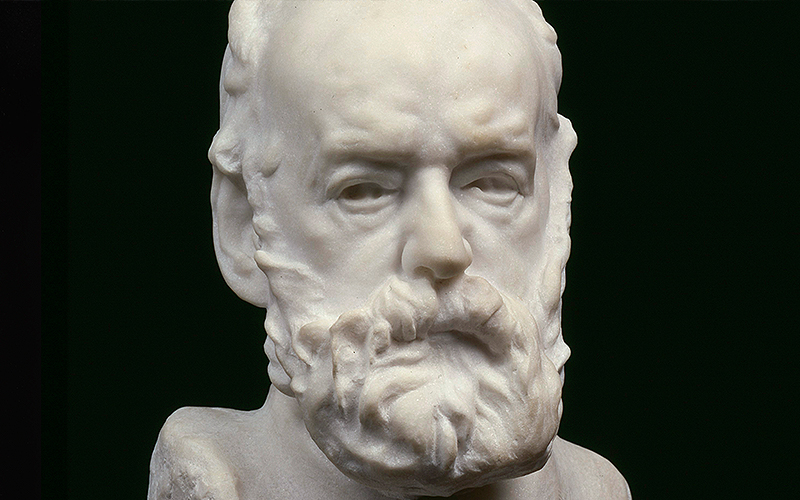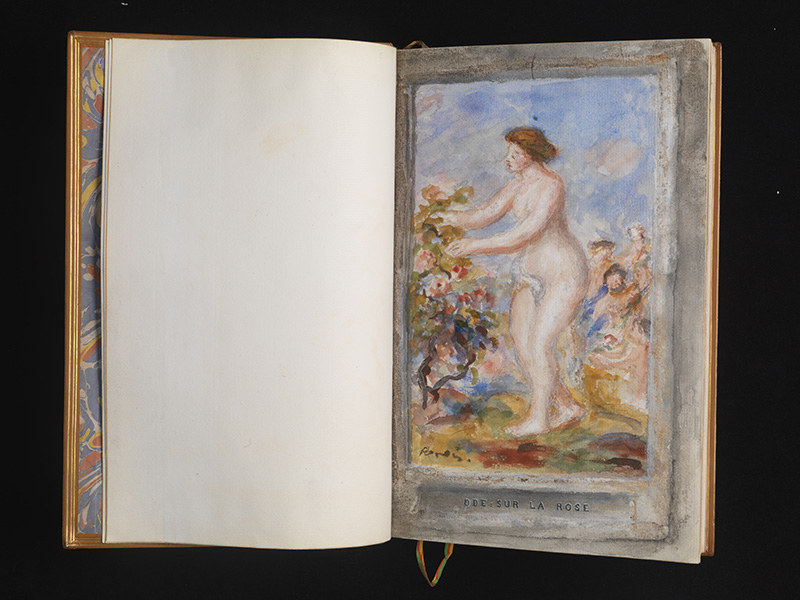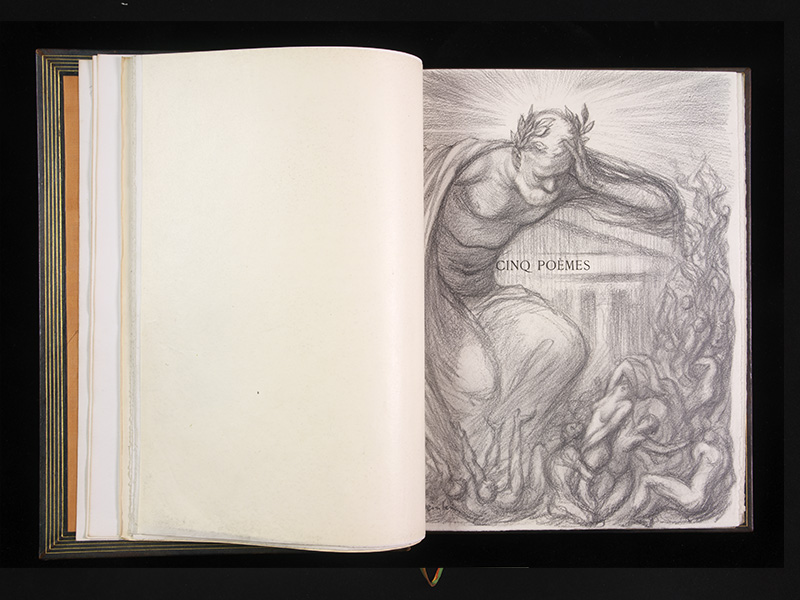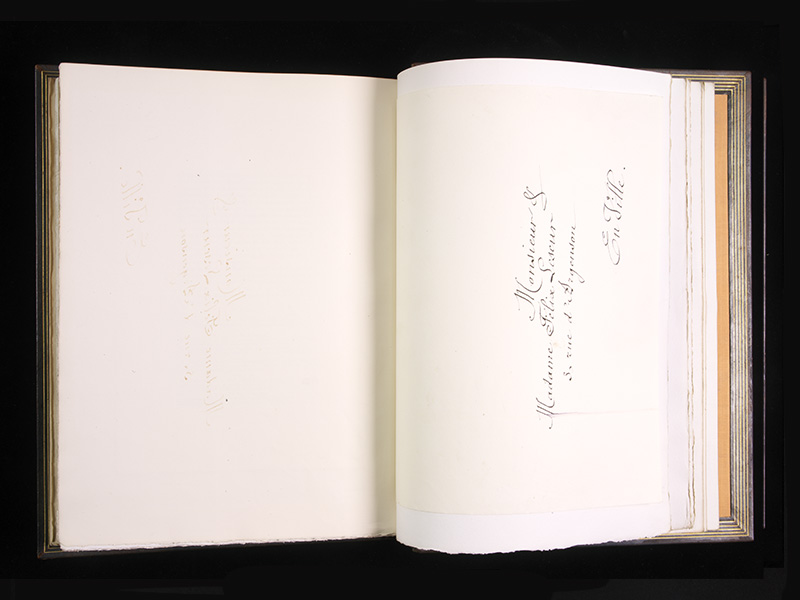Victor Hugo

French writer Victor Hugo (1802–1855) is a familiar face to visitors of the Museum. His marble bust, sculpted by Rodin, can be seen in the permanent exhibition of the Museum, and displays striking similarities with the images of the writer that have survived until today.
Victor Hugo’s childhood took place during a period of political instability: not too long after he was born, Napoleon was declared emperor and, when the writer was a teenager, the monarchy was restored. These events ended up influencing his writing considerably. He published his first book in 1823; many others followed, inspiring other important writers, such as Albert Camus, Charles Dickens and Fyodor Dostoyevsky.
The Notre-Dame de Paris, one of his most famous works, was published in 1931, with the objective of pressuring the City of Paris to restore the cathedral. His masterpiece, Les Misérables, was published in 1862 and condemned an unequal class struggle and the inevitability of poverty and the social condition. Both works inspired musical adaptations.
Calouste Gulbenkian acquired bibliophile copies of these two books, which became very valuable due to the limited number of print runs. His copy of Les Misérables, illustrated by Georges Jeanniot, is no. 19 of 1000, and includes handwritten letters by the illustrator, related to the sketches themselves and the novel. The collector also bought the work Cinq Poèmes, published on the occasion of the centenary of the author’s birth.




However, there is another piece in the Collection which, curiously, is related to Victor Hugo: a collection of texts by classic authors, translated by Leconte de Lisle, a French poet with a profound connection to Greek culture. Gulbenkian’s copy, which includes a watercolour by impressionist painter Pierre-Auguste Renoir, belonged to Victor Hugo himself, who marked it with an original ex libris in watercolour.
A Collection of Stories
On a weekly basis, we shared a story around Calouste Gulbenkian’s collection. This section was created in 2020, which is why the articles refer to the Calouste Gulbenkian Museum collection as the Founder’s Collection.
Other stories